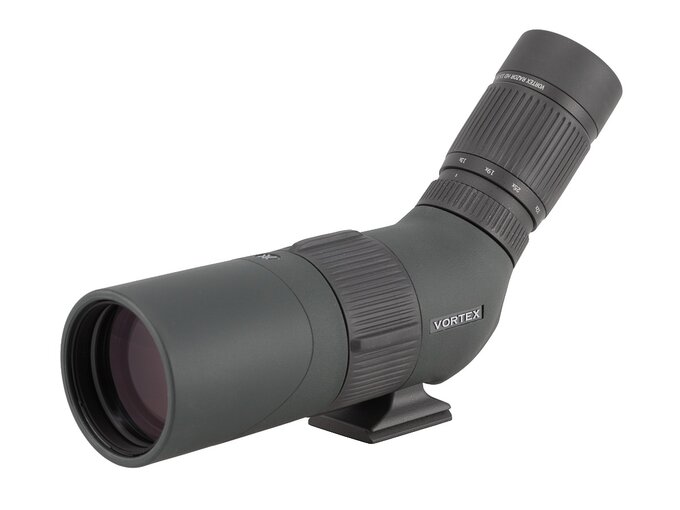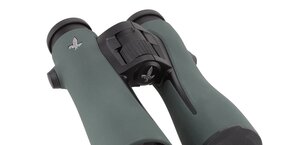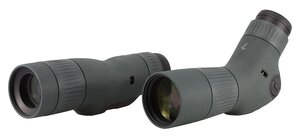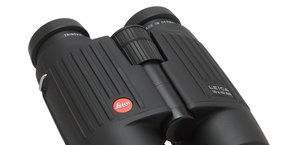Review of the Vortex Razor HD 13-39x56 spotting scope
1. Introduction
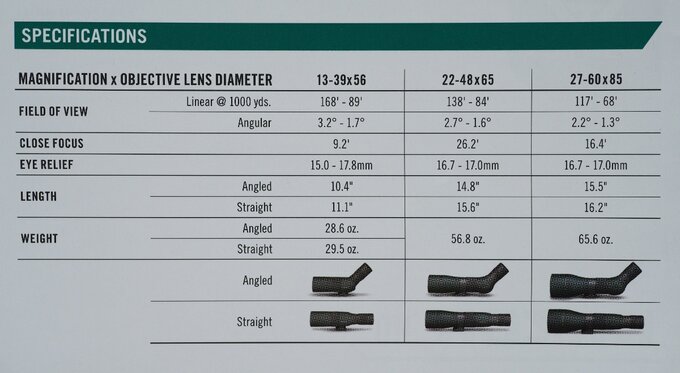 |
As for the Razor HD series, I've only been able to speak in superlatives about it so far. This applies to both the binoculars and the 85 mm objective scope, which I've already had the opportunity to review. I was therefore keen to check out the capabilities of the smallest 56 mm objective model, which was provided to us for testing by the Polish distributor of Vortex, Kolba.pl.
Please Support UsIf you enjoy our reviews and articles, and you want us to continue our work please, support our website by donating through PayPal. The funds are going to be used for paying our editorial team, renting servers, and equipping our testing studio; only that way we will be able to continue providing you interesting content for free. |
- - - - - - - - - - - - - - - - - - - - - - - - - - - - - - - - - - - - - - - - - - - - - - - -
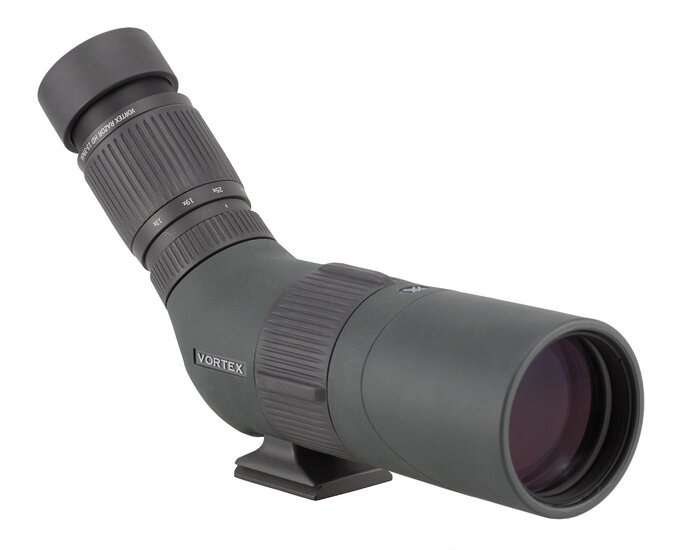 |
In terms of length, the gap isn't as vast, but the differences are still significant. The angled 56 mm scope, with its eyepiece, measures 26.4 cm, while the angled 65 mm scope is 37.6 cm. Over 11 cm of difference is quite a lot.
With increasing objective lens diameter, we get a completely different magnification range. For the smallest model, it's 13-39 times, meaning the exit pupil changes from 4.31 mm to 1.44 mm. The 65 mm model offers a magnification range of 22 to 48 times, so here the exit pupil decreases from 2.95 mm to 1.35 mm. The surface brightness of the image provided by the 65 mm scope will therefore be noticeably lower, especially at the lowest magnifications.
The Razor HD 85 mm, on the other hand, has a magnification range of 27-60 times, and here the exit pupil changes from 3.15 mm to 1.42 mm. So, in this case, the surface brightness will also be slightly lower than for the image from the 56 mm scope.
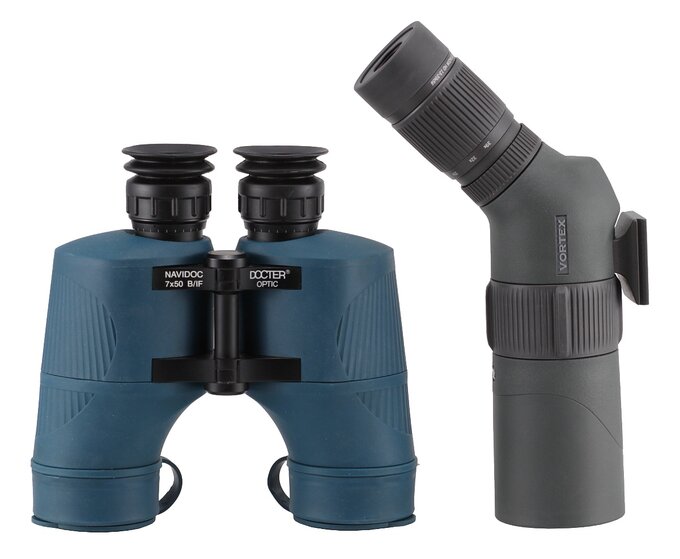 |
The 65 mm and 85 mm objective models have much wider-angle eyepieces, with apparent fields of view changing from 59.4 degrees at the lowest magnification to over 75 degrees at the highest magnification. These are sensational results, worthy of top-class equipment.
The smallest Razor HD compensates for the loss in field of view with its minimum focusing distance, which is only 2.8 meters. The 65 mm objective model performs very poorly in this category, with this value increasing to as much as 8 meters. The 85 mm, however, offers a slightly smaller distance of 5 meters.




